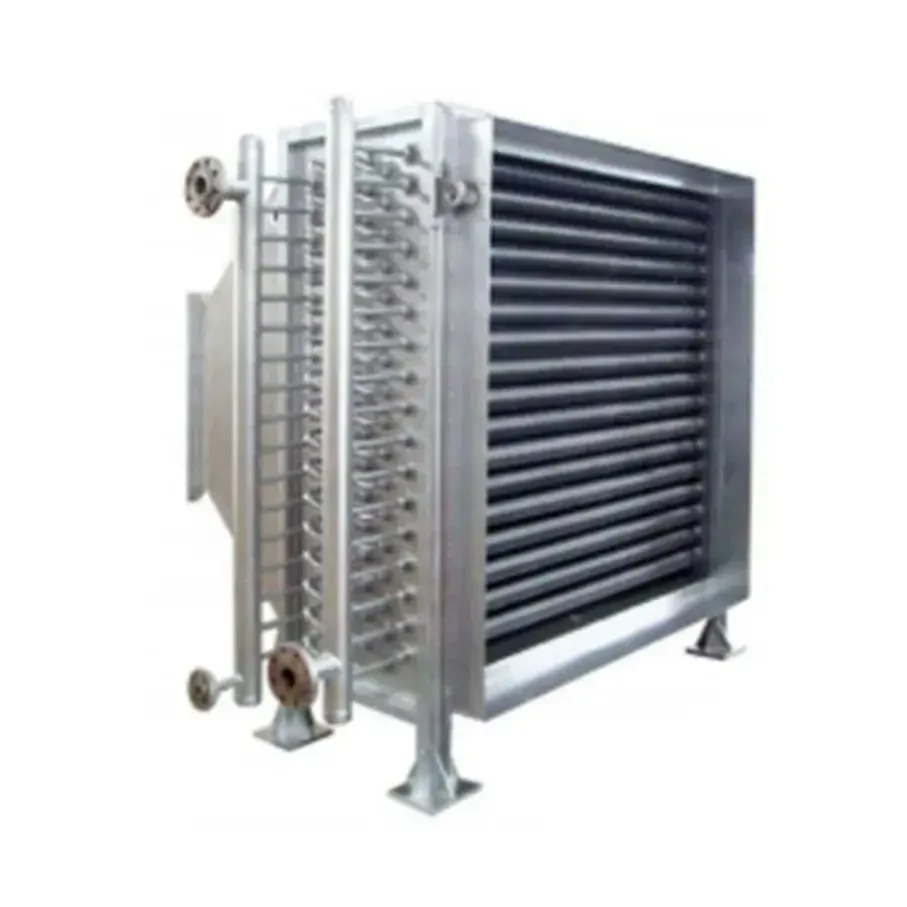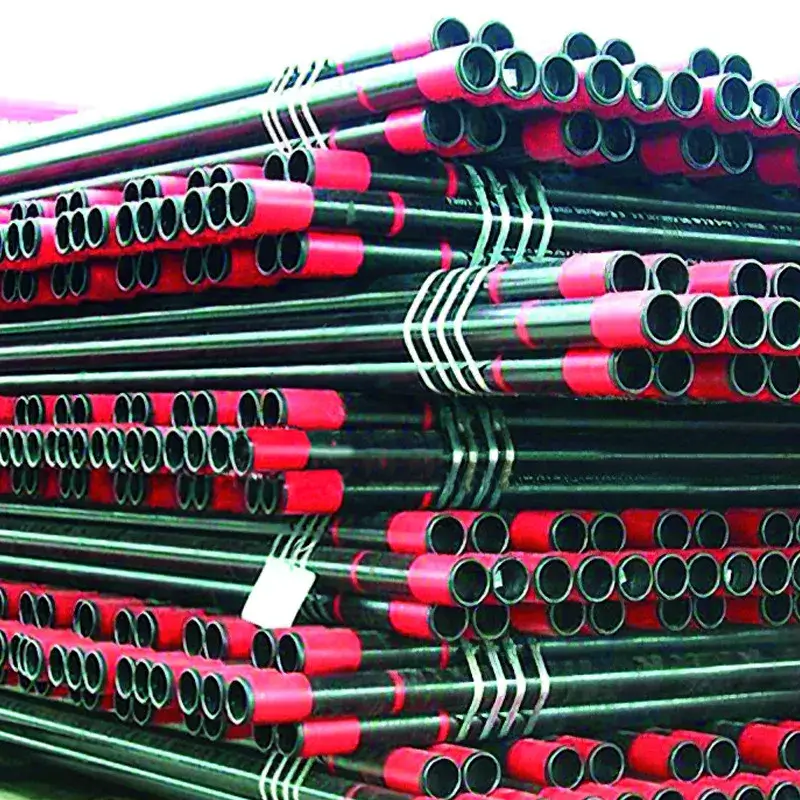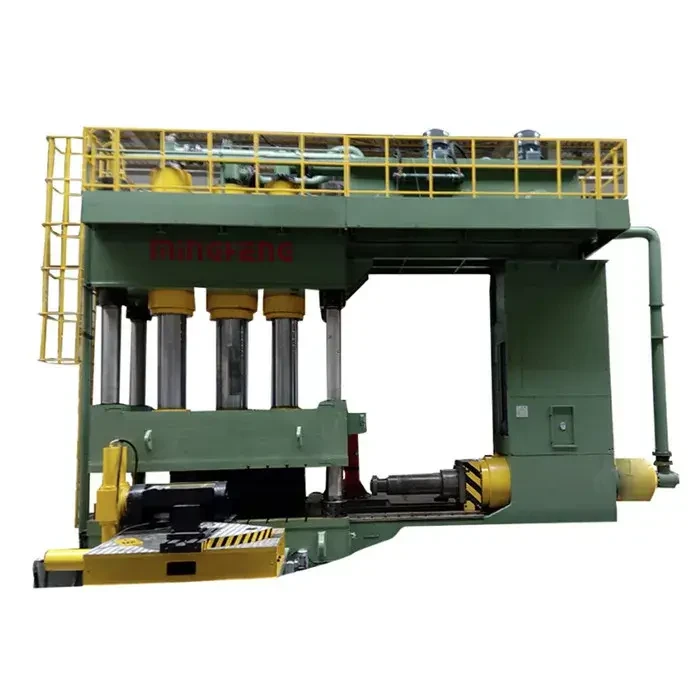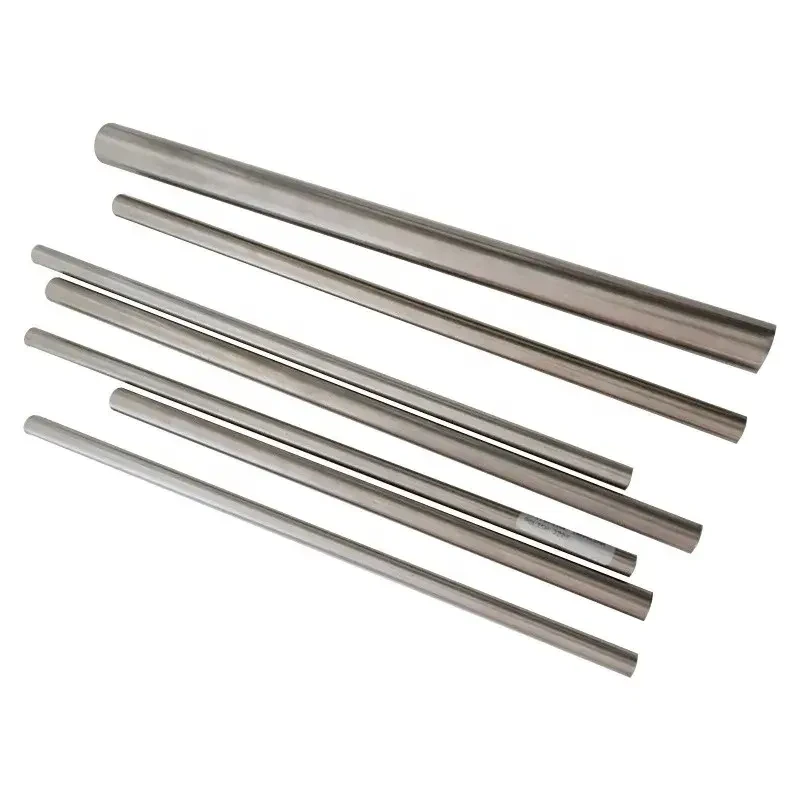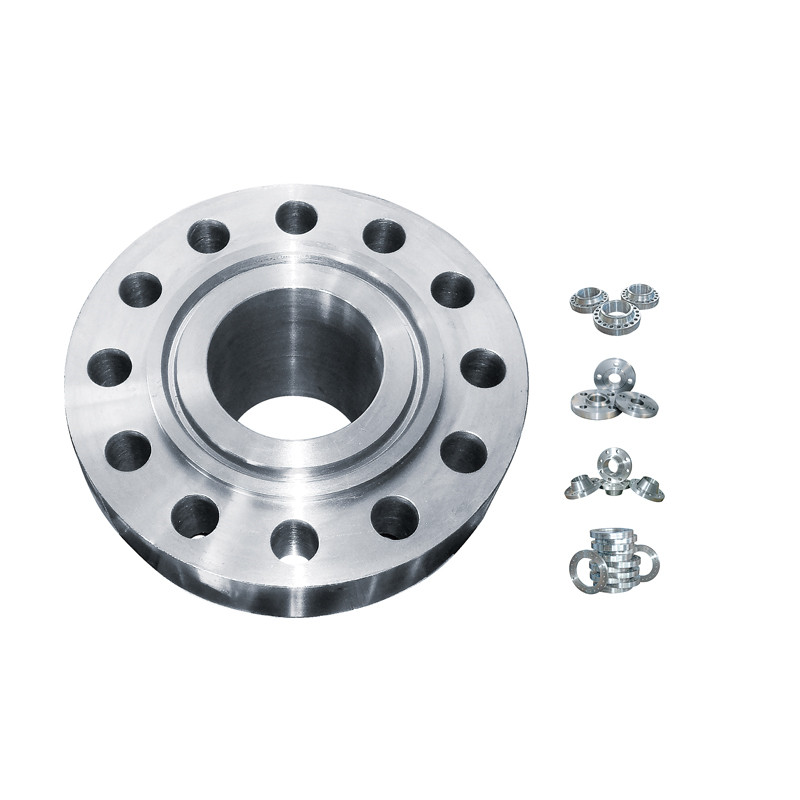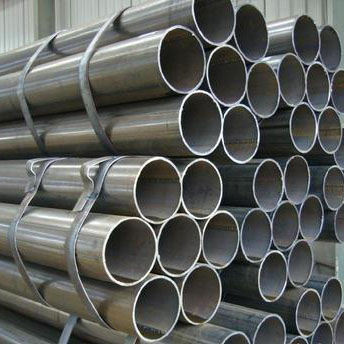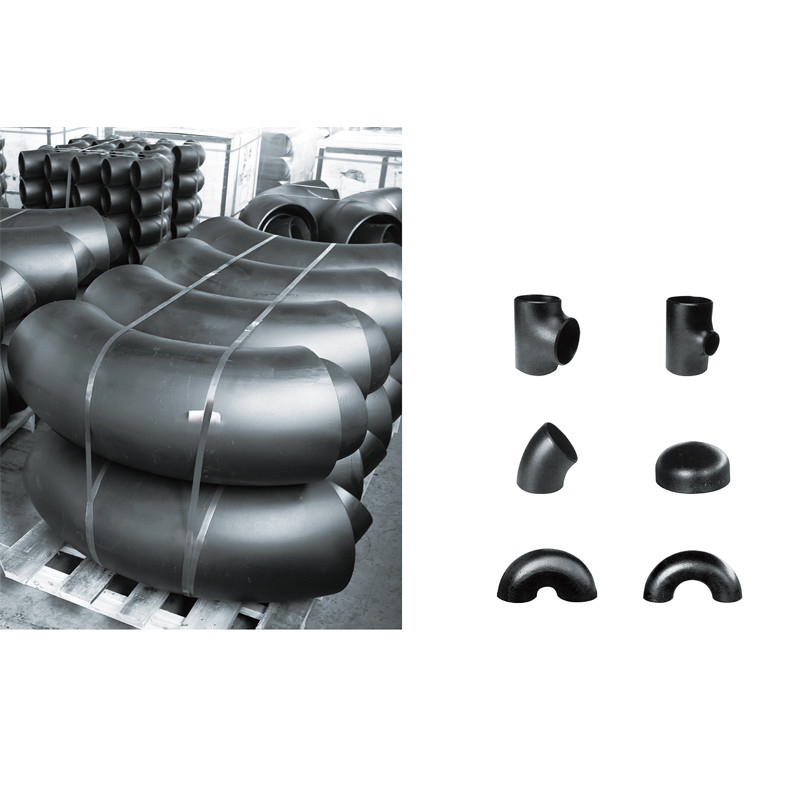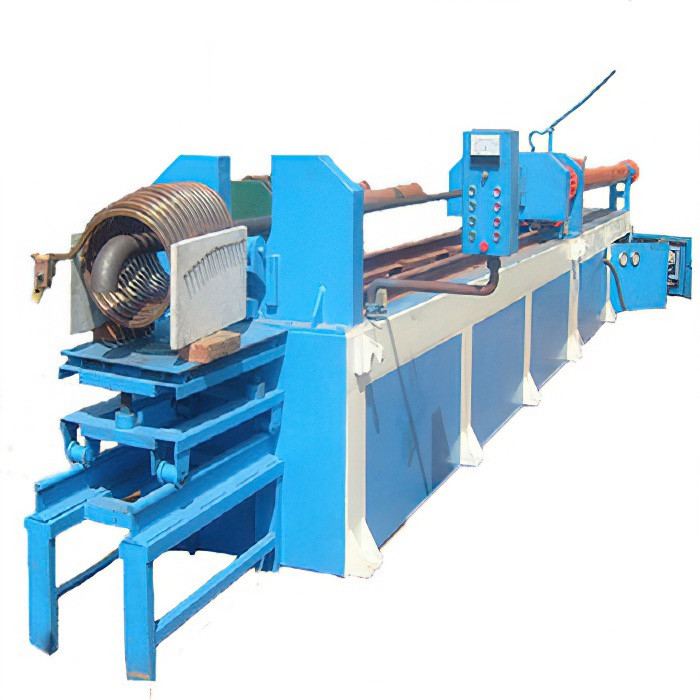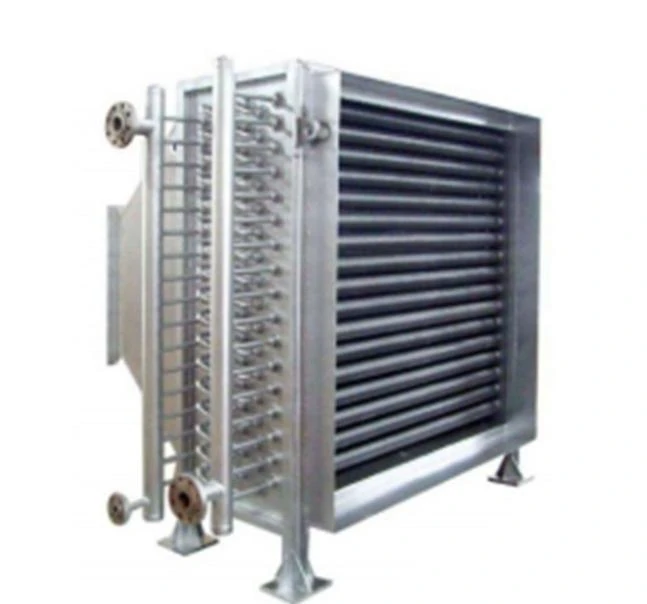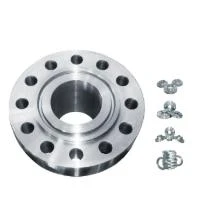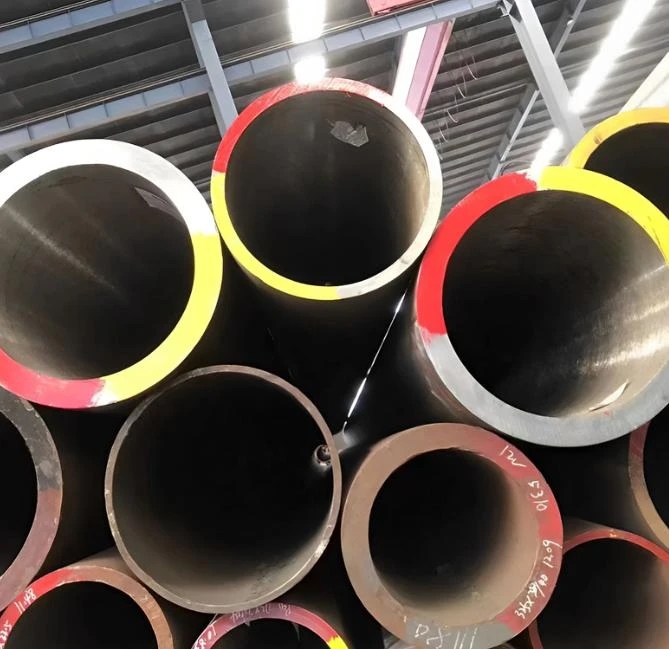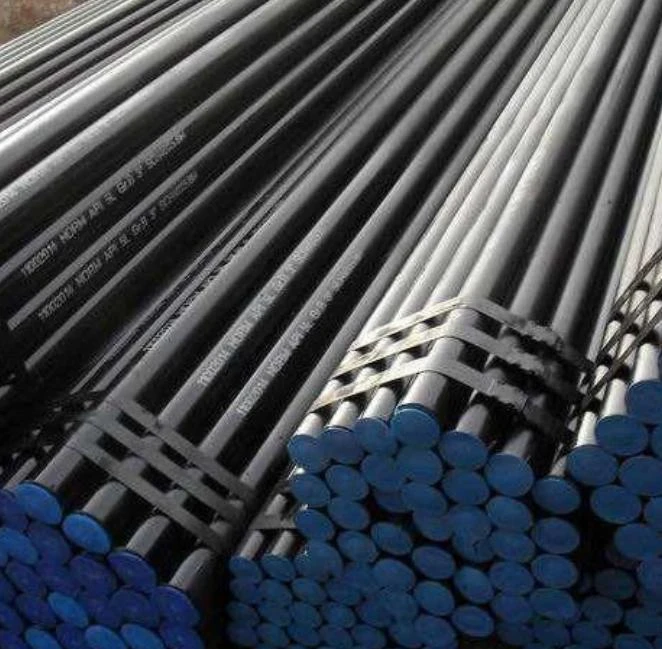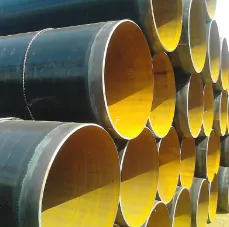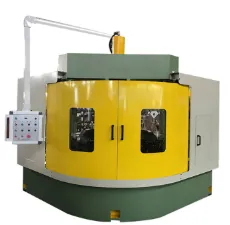The Rise of Construction Metal Frames A Sustainable Approach to Modern Building
In recent years, the construction industry has witnessed a paradigm shift towards more sustainable and efficient building practices. One of the standout innovations in this transformation is the widespread adoption of metal framing. Utilized in a variety of structures, ranging from residential homes to towering skyscrapers, construction metal frames are redefining how we think about safety, durability, and environmental responsibility in architecture.
Understanding Metal Frames
Metal frames are structural systems that use steel or aluminum as the primary material for supporting buildings. They consist of a series of beams and columns that work together to create a stable framework. This approach enhances the strength and rigidity of buildings, allowing for larger open spaces without the interruption of load-bearing walls. The versatility of metal framing enables architects and engineers to design buildings that are not only aesthetically appealing but also capable of withstanding extreme weather conditions and seismic activities.
Advantages of Metal Frame Construction
1. Durability and Longevity One of the most significant benefits of using metal frames is their durability. Steel, for instance, is inherently resistant to common building challenges such as termites, rot, and warping. This longevity translates into reduced maintenance costs over time, making metal-framed structures a sound investment.
2. Rapid Construction Metal frames can be prefabricated off-site, streamlining the construction process. This efficiency not only shortens project timelines but also minimizes labor costs, allowing builders to complete projects faster without compromising quality. The modular nature of metal framing systems means they can be easily assembled on-site, resulting in a more efficient workflow.
3. Sustainability With increasing awareness of environmental issues, metal framing presents a sustainable alternative in construction. Steel is one of the most recycled materials globally; it can be repurposed multiple times without losing structural integrity. This trait significantly reduces the demand for new materials and diminishes construction waste. Additionally, energy-efficient steel buildings often use fewer resources over their lifecycle, improving overall sustainability.
construction metal frame

4. Design Flexibility Metal frames provide designers with unparalleled flexibility in layout and design. Unlike traditional wooden structures, which can restrict design options due to weight-bearing constraints, metal allows for creative and expansive designs. This flexibility is especially useful in urban planning, where space is often at a premium.
Challenges and Considerations
Despite the numerous benefits of metal frame construction, it's essential to recognize some challenges. Cost can be a significant factor; initially, steel can be more expensive than timber. However, when considering longevity and reduced maintenance requirements, the long-term savings can offset the upfront investment. Additionally, thermal conductivity is a concern; metal can be less energy-efficient than wood unless properly insulated.
Moreover, there are extensive regulatory considerations, as building codes vary significantly across regions. Ensuring compliance with local regulations can be a complex process, necessitating detailed planning and expertise.
The Future of Metal Framing in Construction
As we look to the future, the role of metal frames in construction appears set to grow. With advancements in technology, such as the use of 3D printing and smart materials, the efficiency and adaptability of metal framing systems are expected to improve further. Moreover, as sustainability becomes a key focus in building practices, metal frame construction positions itself as a leading choice for responsible design.
In conclusion, construction metal frames offer a modern, sustainable solution to contemporary building needs. Their durability, design flexibility, and environmental benefits make them an attractive option for builders and architects alike. As the construction industry evolves, embracing innovations such as metal framing will be crucial in creating buildings that are not only functional but also harmonize with our environmental goals.
Post time: Dec . 23, 2024 14:38


